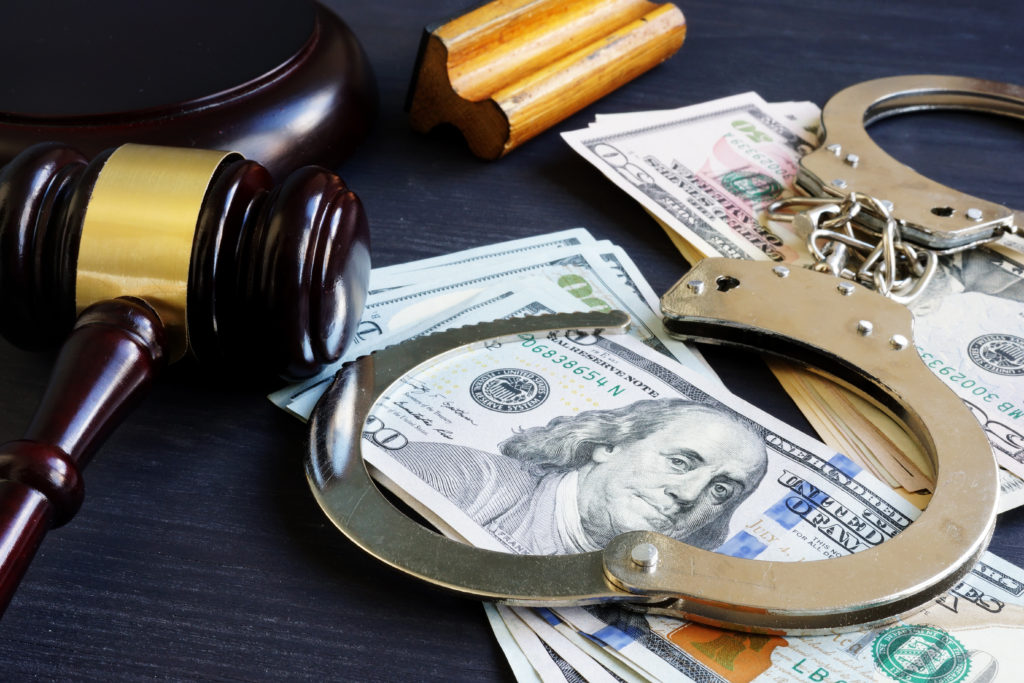
While courtroom dramas are always doing a half-decent job in portraying legal proceedings, courtroom procedures, and other law-related processes, they often leave plenty of room for clarification. One area of common confusion deals with the indictment process. While the process is generally similar, an indictment in Texas, for example, is different than in other states—as every state has its unique regulations and code. In Texas, there is a differentiation between a criminal complaint and felony charges brought on by the State.
In this post, we review important concepts relating to facing a criminal indictment by the state of Texas and crucial information you need to know.
Brush Up on Indictment Proceedings and the Texas Criminal Code
According to the Code of Criminal Procedure, an “indictment is the written statement of a grand jury accusing a person therein named of some act or omission which, by law, is declared to be an offense.” In other words, a written statement from a grand jury that declares a person is charged with a felony is deemed an indictment. A misdemeanor crime in Texas is categorized as a “criminal complaint.” Felony charges, on the other hand, are put forth through an indictment.
The Difference Between Being Charged and Being Indicted of a Crime
The terms are often used interchangeably, but the difference rests in who actually files the charges. Getting charged with a crime means that the prosecutor filed the charges. When a grand jury files the charges against the defendant, then it is deemed an indictment.
Statute of Limitations in Texas
The statute of limitations refers to the amount of time the State or a prosecutor has to bring the case against a defendant. Statutes of limitation differ depending on the severity of the crime.
Examples of various crimes and statutes of limitations include:
- Manslaughter: no statute of limitations
- Murder: no statute of limitations
- Sexual assault of a child: no statute of limitations
- Theft by a public servant of government property: 10 years
- Forgery: 10 years
- Medicaid Fraud: 10 years
- Bigamy: 7 years
- Robbery: 5 years
- Insurance fraud: 5 years
- Other felonies: 3 years
- Misdemeanors: 2 years
Probable Cause
Before you can be indicted there has to be probable cause. The prosecutor has to prove that. A person does not need to be arrested to be indicted because the process begins without their presence. The jury, however, has to agree that there is probable cause enough to proceed with the case and bring charges against the individual in question.
What You Need to Know About a Grand Jury
Think of a grand jury as an investigative body— independent from the prosecutor or defendant. They serve as a buffer between the people and the government, acting as a barrier to unwarranted or frivolous State prosecution. The main difference is that the grand jury is composed of 12 people similar to a petit jury. Different states might differ in the size of their grand juries. When a person is indicted, the defendant is generally not present. The prosecutor bringing the case to the grand jury must establish probable cause.
The concept of the grand jury can be traced back to early English history. Eventually, the grand jury took on a protective role—a barrier between the monarchy and the common folk and providing a safeguard from abuses of power. The idea was embedded into the Constitution of the United States via the 5th amendment. Under this amendment, criminal prosecution of anything more than a year required the indictment of a grand jury.
Grand jurors are often chosen from the same pool of citizens that make up the trial jurors. A federal grand jury can often sit for longer periods of time, including 18-36 months.
The Process of Grand Jury Indictments
The process of beginning grand jury indictment begins without the defendant or subject being present or aware of impending charges. The only people privy to the grand jury proceedings are the jurors, a prosecutor bringing the case, and a court reporter.
During this process:
- Witnesses that testify must do so under oath
- Evidence must be presented by the prosecutor
- The grand jurors themselves perform the necessary tasks of presiding over the hearing and clerking duties
- The court reporter is sworn to secrecy
- The prosecutor lays out proposed charges and how the alleged crime fits in
- The grand jury votes on whether enough evidence has been presented on each of the proposed charges to warrant proceeding with the case
All felony cases that go to trial must be indicted by a grand jury. That is unless the defendant waives the indictment.
Facing Legal Trouble? Learn More About How Bail Bonds Might Apply to You
If you are facing an arrest and need to get out on bail, Freedom Bail Bonds provides trusted support for people facing difficult and uncertain situations. When facing indictment in Texas, knowing about the process can help you learn what’s next.
Want to learn more about how bail bonds might apply to you or your loved one? Have a loved one in jail or facing criminal charges? Connect with us today and learn more.



